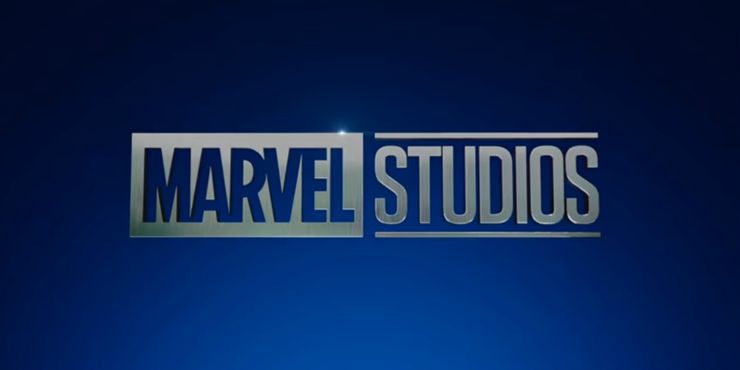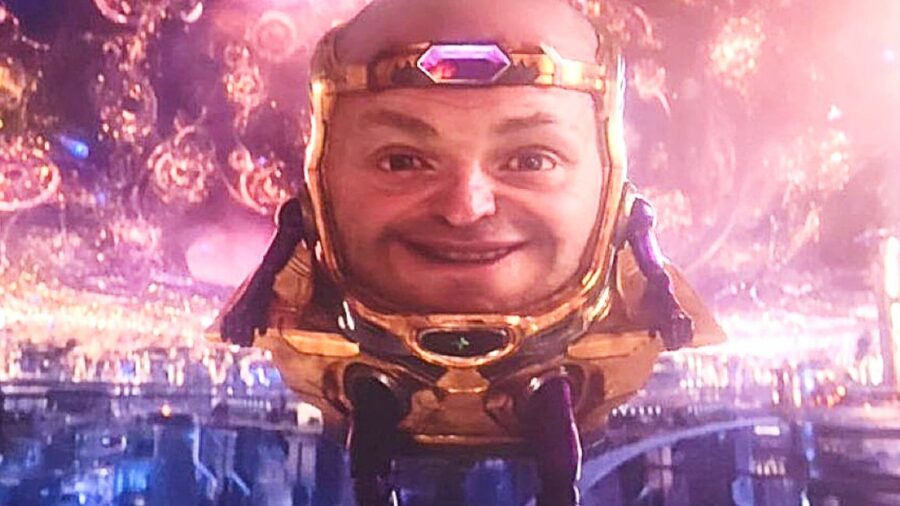Marvel’s Most Important Group Just Set An Industry First

The teams responsible for visual effects (VFX) at Marvel Studios have voted to unionize. According to Vulture, a petition has been submitted by over 50 on-set employees requesting to be represented by the International Alliance of Theatrical Stage Employees (IATSE) with the National Labor Relations Board. Employees are asking that the election take place as soon as August 21.
It is the first time visual-effects experts have united to seek identical rights, wage safeguards, and supervision akin to what workers in nearly every other sector of the entertainment field have. A substantial majority of the on-set production team at Marvel signed authorization cards, indicating their desire to be affiliated with the labor union that represents around 170,000 professionals.
Marvel Studios VFX artists have voted to unionize and be represented by the International Alliance of Theatrical Stage Employees (IATSE).
This includes artisans, technicians, stagehands, and television, cinema, and live theater workers across the United States and Canada. “For almost half a century, workers in the visual-effects industry have been denied the same protections and benefits their coworkers and crewmates have relied upon since the beginning of the Hollywood film industry,” VFX organizer for IATSE Mark Patch said.
“This is a historic first step for VFX workers coming together with a collective voice demanding respect for what we do,” Patch added. Marvel’s VFX artists recently captured media attention following the release of Ant-Man and the Wasp: Quantumania, She-Hulk: Attorney at Law, and Secret Invasion, which have faced criticism for poor visuals.
A surge of artists have also come forward alleging unfavorable working conditions within Marvel’s projects. Employees have expressed grievances about the studio’s rigorous post-production timelines, citing issues such as excessive overtime expectations, persistent understaffing, and even the challenge of meeting fluctuating deadlines, which ultimately affects the quality of their output.
“For almost half a century, workers in the visual-effects industry have been denied the same protections and benefits their coworkers and crewmates have relied upon since the beginning of the Hollywood film industry.”
-Mark Patch, IATSE Organizer
The vote to unionize from Marvel and its parent company Disney has emerged during a period referred to as the “hot labor summer.” This cultural juncture coincides with strikes led by the Writers Guild and Screen Actors Guild against the Alliance of Motion Picture and Television Producers. These strikes have brought production in Hollywood to a standstill and cast uncertainty over upcoming movie releases.

Most importantly, the forceful demands from the VFX industry for inclusion in collective bargaining discussions align with the departure of Marvel’s President of post-production and VFX, Victoria Alonso, just a few months before. Despite the National Labor Relations Board (NLRB) petition, the possibility of a strike by VFX workers remains a viable option.
If union recognition is achieved for the small but well-known group of professionals working on Marvel’s projects, it could serve as evidence that forming unions across the entire industry is workable.
Should the demands of the Marvel VFX workers come to fruition, it might pave the way for a surge in artists seeking unionization and standing up against expectations enforced by studios. The struggle holds significant implications for the trajectory of Hollywood. However, in 2023 artists who invest hours crafting visual realms should (at the very least) be granted practical working conditions.
If union recognition is achieved for the small but well-known group of professionals working on Marvel’s projects, it could serve as evidence that forming unions across the entire industry is workable. It can create a sense of togetherness that could spread through post-production companies, causing them to join unions step by step.
Eventually, this could lead to a significant moment where most of the industry is unionized. How the VFX artists’ unionization efforts will affect Marvel Studios’ upcoming Phase Five and Six releases remains to be seen, as several of these projects are still in pre-production.










